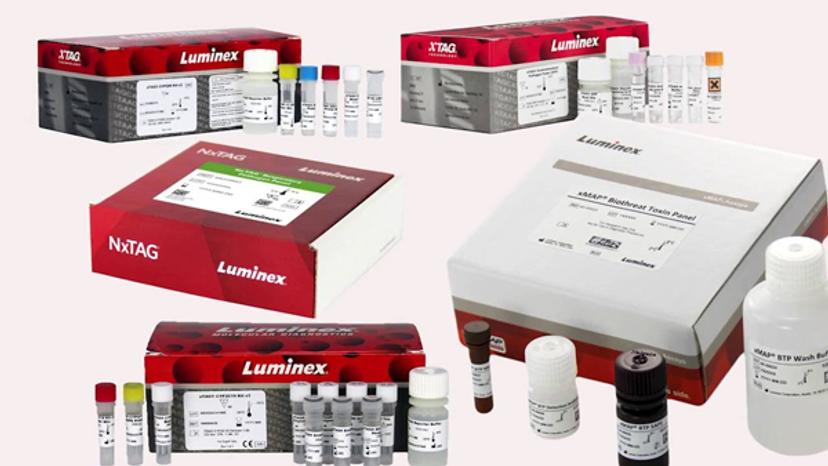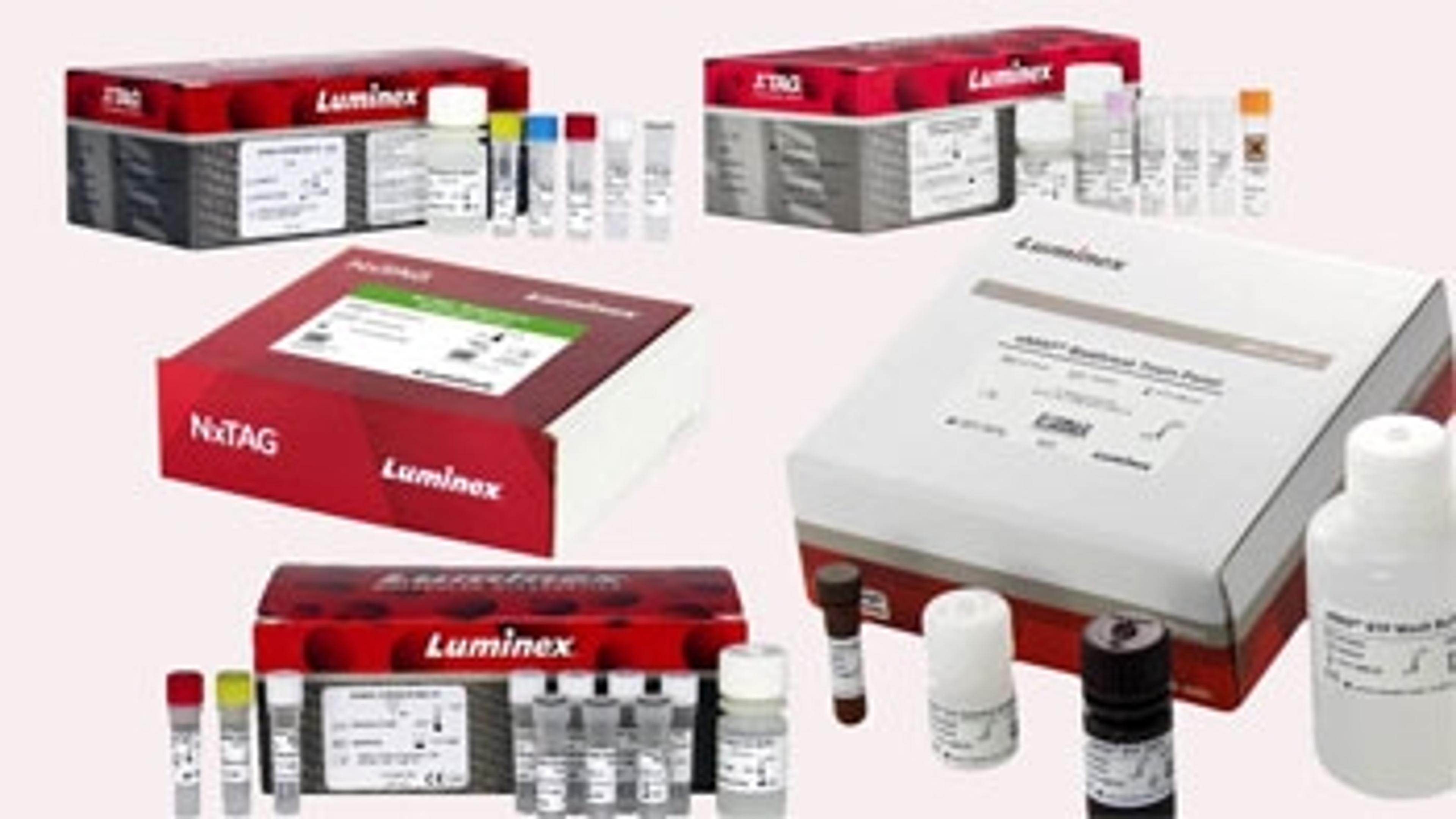Multiplex Technology Supports Multi-Biomarker Assay Development at UC Davis Medical Center
Customized multiplex xMAP assays enable the development of efficient, cost-effective diagnostic tests for cancer and infectious diseases
20 Jun 2017

Imran Khan is Associate Professor and Director of Operations at the Proteomics Core Lab, Department of Medical Pathology and Laboratory Medicine, at UC Davis Medical Center. Prof. Khan is using advanced multiplex technology to carry out groundbreaking work in the field of infectious diseases and disease biomarkers. SelectScience® spoke to Prof. Khan to learn more about his work.
SS: Prof. Khan, could you start by telling us about your key areas of interest?
IK: My research interests are focused on disease biomarkers, in cancer and infectious diseases. I have published a range of papers regarding our work on cancer, including in the areas of liquid tumors, lymphoma, leukemia, and breast cancer. The focus of our cancer work is looking at developing more efficient assays for studying intracellular signaling in cancer cells and to define biomarkers by looking at activated signaling proteins, which are the root cause of many cancers. This research is helping us to study cancer cells more efficiently. We look at the activity of several proteins, trying to capture as much of a signaling pathway as possible, to profile cell activation.
Improving tuberculosis diagnosis and monitoring
The other major field I work in is infectious diseases. The main infectious disease that we focus on for human diseases is tuberculosis (TB). We have been working on a test panel development that allows us to diagnose TB, monitor subsequent treatment, and also check for drug resistance.
Multiplexing is critical for this work because blood-based serology for TB is so complex. Different TB patients make antibodies against different TB antigens. We have defined a profile of 11 useful antibodies for each patient such that if you find one of them to be positive then the patient has TB. If we only looked at one or two antibodies, we would miss the majority of patients.
We have also defined cytokine chemokine biomarkers in patient blood for monitoring active TB disease. We have published several papers now looking at these markers and we’ve selected a profile of 10 cytokines and chemokines that are elevated in cases of active TB, compared to healthy population in the same endemic settings. Two of these cytokines drop precipitously after successful treatment in about 95% of patients. Their measurement in blood allows us to monitor efficacy of therapy in active TB patients in endemic countries.
Our final multiplex test is for monitoring multi-drug resistance. This has been on rise and typically 3-5% of TB patients have drug resistance. In patients with recurring TB infection, drug resistance can be as high as 25-30%.
All of the tests that we carry out require multiplexing.
SS: How does xMAP® Technology help you to achieve your research goals and how did you start using this technology in your work?
IK: Our focus is on trying to develop new assays so that we can try and understand the disease process at a molecular level, utilizing easy to use multi-biomarker assays. This allows us to more fully understand the disease and to explore the possibilities for developing diagnostic applications and prognostic applications. I started using Luminex xMAP Technology in 2001, for disease biomarker research, with a particular focus on profiling multiple markers. We use this technology when tests for single biomarkers are not enough. In addition, we provide a service for other researchers to develop multiplex assays for their use. We have a core facility that provides this service on fee-for-service basis.
The advantages of multiplex technology
SS: What is your advice for lab professionals who are using immunoassays or single PCR assays, who could perhaps be benefiting from multiplex technology?
IK: If you are looking at one marker at a time, then immunoassays or single PCR assays are fine. But if you want to look at two or more markers, then running individual assays becomes very tedious. With multiplexing, you can take your multiple ELISAs, western blots or immune precipitations and convert them into one simple test – it’s not a complicated process to configure your own assays. This multiplex technology is so diverse, it is ideal for looking at multiple biomarkers for detection of infectious agents, looking at the immune response to infection and cancer research.
You can also carry out nucleic acid tests, on DNA or RNA. Why run 10 tests when you could run one? You can look at multiple mutations within multiple genes, at the same time which is extremely useful.

SS: You are an outspoken advocate of multiplexing technology, why isn’t it more widely adopted in research and clinical laboratories?
IK: I think that this is largely an issue of education. Not many people realize just how easily adoptable the technology is. There are also core facilities like mine, which offer access to the machines required to run the assays, so you don’t necessarily have to invest in order to be able to take advantage of the technology.
Cost is the main psychological hurdle. Let’s say that a single ELISA test in a single well format provides 80 wells for samples. Approximately 16 of those wells might be taken up by controls and standards, the rest are filled with test samples. To run 10 separate markers you will not only need to buy 10 assays, you also need to buy enough controls and standards for those assays. If however, you combined those 10 assays into a single multiplex test, then yes the cost of that multiplex test will be more than the cost of a single direct ELISA assay. But, you have the advantage of detecting all of the analytes under the same conditions, so the sample to sample variability – such as humidity, user technique etc. – doesn’t vary like it would with 10 different ELISA tests. You also save enormously on the time and costs associated with the increased labor of running those multiple direct assays.
This is why I’m such a huge advocate of the technology, and why I recommend these tests to my colleagues and customers.
SS: Can you tell us more about some of the clients who use your xMAP based assays?
IK: We are very busy, and we have several very important clients who are carrying out groundbreaking work using this technology. We work with several laboratories within the Hera BioLabs organization, including The Jackson Laboratory (JAX®) and Charles River Laboratories, as well as various different departments here at UC Davis, including the cancer clinical trials team. We work with a number of other companies too, including an ongoing collaboration with the Roslin Institute at the University of Edinburgh, UK, to look at bovine TB infections.

